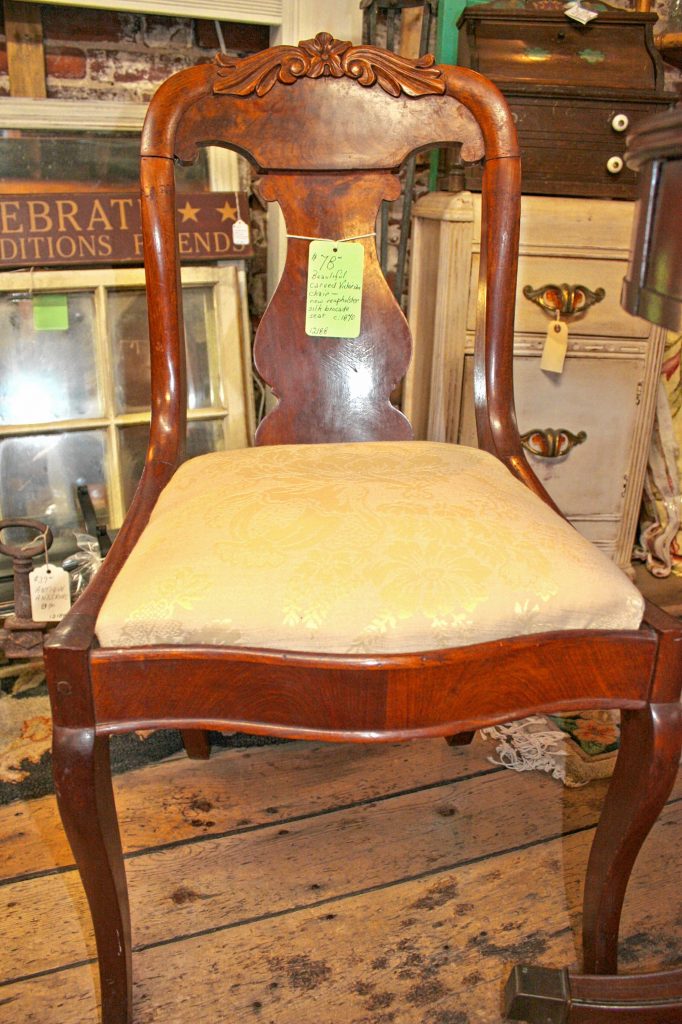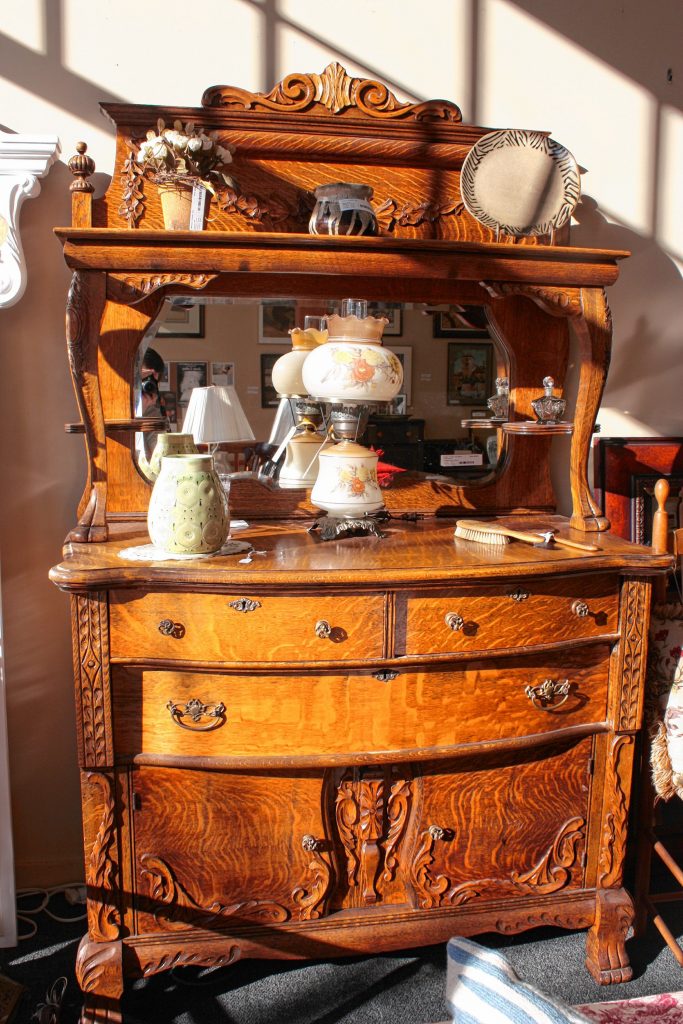We’ve all heard the term antique before, and we all have an idea of what it means.
It’s something really old and valuable, right?
Well, yes, but there is a bit more to it than that.
Between shops that sell a mix of genuine antiques and just old things, TV shows such as Antiques Roadshow and the abundance of antique license plates we see on the roads all summer, it’s easy to understand why some people might be confused as to what actually defines an antique.
Luckily, we found someone who knows a thing or two about this topic.
Paula Genovese, owner of Hilltop Consignment Gallery on North Main Street, gave us a very simple answer.
“Well, antique is at least 100 years old,” she said.
Okay, guess that settles it.
But seriously, that’s all there is to it. If something was made 100 or more years ago, it’s an antique.
That’s not to say every 100-year-old shoelace or belt buckle is of high value, but by the definition, those things would be allowed to be deemed antiques.
If you’re wondering about cars you might see around town with antique plates, thinking there’s no way that red Mazda 323 hatchback (an actual vehicle with antique plates I saw in Concord recently) can be 100 years old, you’re right. The DMV sets the bar at 25 years, so if you have an old Ford Pinto or DeLorean – or even something like a ’92 Honda Civic – you can get an antique plate for that.
For household wares, though, they have to hit the century mark.
There’s another distinction for old items that’s been all the rage lately, and that’s vintage.
Originally a wine term, you see this word used for everything from jeans to records to guitars to coffee tables nowadays. But who’s using it correctly?
According to Genovese, the cutoff point for vintage items is 50 years. This 50-year mark can be frustrating for people trying to sell things that just miss a certain window – if something is 49 years old, it’s just old, not vintage. If it’s 99 years old, it’s “just” vintage, not antique. As you can imagine, that means there’s a whole lot of vintage stuff out there and maybe not quite as much antique stuff, since those items would have had to last 50 more years.
At Hilltop, all of the merchandise is on consignment, which means everything in the shop was brought in by someone from outside. That can make it tough to verify the age of an item, especially when the person trying to consign it has an interest in getting as much money as possible for a given item.
This is where the value of experience comes in handy.
Genovese has a pretty keen eye, and since this is her business, she’s learned what to look for when trying to determine an item’s age.
“Sometimes brand names, markings,” she said, referring to the easiest way to tell an item’s age – if it’s printed on the item from the manufacturer. But it’s usually not that easy.
Other clues Genovese looks for are things like hardware, what types of fasteners are used, how certain dovetail joints look.
A telltale sign of a really old item, Genovese said, is square-head nails or spikes. These were popular 100 years ago but have long since gone out of production.
Another indicator is hinges. A drop-leaf table in the store had the sides folded down, exposing a very old, worn, black hinge, nothing like what you’d see in a modern piece.
“I’ve learned it over the years,” she said, explaining that when the business first opened she didn’t know much about antiques.
Now, thanks to her, we know a lot more, too.










